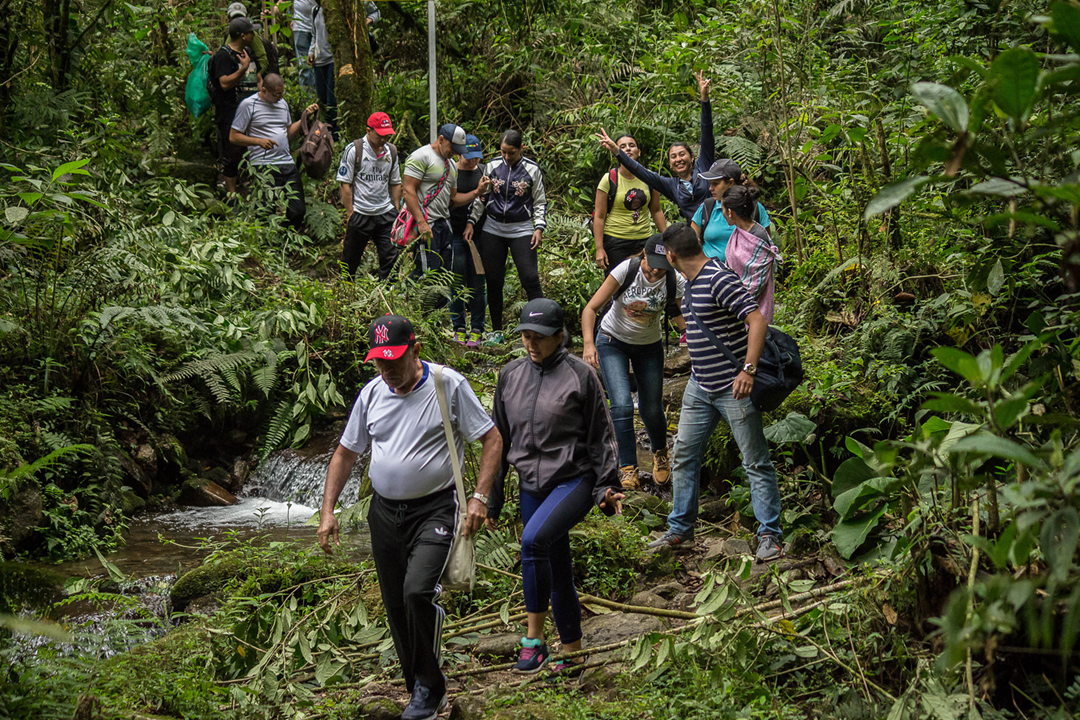Providing Emergency Aid to Health Centres
Map of PHCs Where Medical Supplies Have Been Delivered (as of 13 July, 2021)
Vinni Jain/CWS
The second wave of COVID-19 in April, 2021 left India in deep distress, with rural and remote communities affected severely. These areas have a huge shortage of essential supplies and medicines, with primary health centre (PHC) workers being short staffed and overworked. Due to CWS’ strong on-ground presence and the implementation of Wild Surakshe workshops in rural Karnataka and Goa, we were able to directly observe the devastating impacts of COVID-19 on people in rural India.
The Wild Surakshe program has enabled us to build a network of several hundred people to act on the ground. Thus, our local field staff are well-equipped to provide support and help curtail the rapid spread of COVID-19 and similar zoonotic diseases in these areas.
We are currently using our resources to support over 500 PHCs across Karnataka and Goa by procuring COVID-19 essentials like face shields, PPE kits, oximeters, thermal scanners, gloves, masks, and medicines. Our field staff are also closely monitoring the state of these PHCs to offer any additional immediate assistance they need. By providing such immediate assistance during emergencies in our project areas, we want to ensure people are getting help when they really need it, and strengthen our ties to local communities and stakeholders.
1. We speak to medical staff and community workers to identify rural PHCs in remote areas without access to COVID-19 relief materials and take note of their patient loads and requirements.
2. We raise funding, source materials and provide medical resources requested by them such as oxygen concentrators, pulse oximeters, BP Monitors, IR thermometers, etc.
3. Our pre-existing relationships with PHCs through Wild Surakshe and other CWS programs help us understand local challenges and effectively meet their requirements.
1. Communities in these remote areas were hit hard by the second wave of COVID-19 in India, and need urgent ongoing support and relief to manage this and future outbreaks.
2. Doctors from primary health centres in these areas have a very strong network. By tapping into this network and forging a long-term relationship with doctors, we can understand local conditions and health requirements better for future interventions and continued support.
